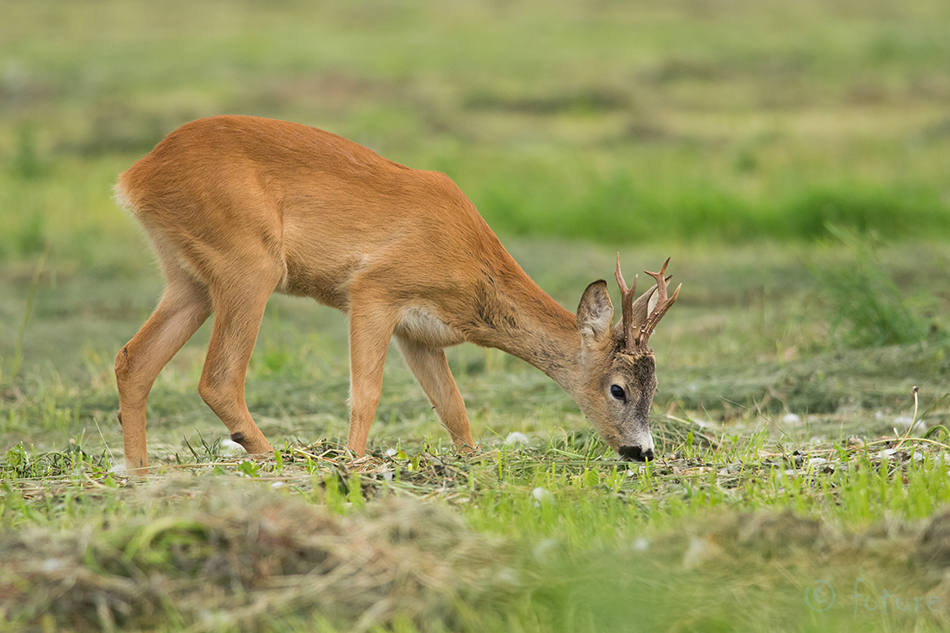Loodusfotograafi üks olulisi printsiipe on mitte sekkuda, olla lihtsalt jälgija. Ja siis satud peale sellisele olukorrale. One of the important principles of nature photographer is not to intrude, be only an observer. And then you stumble on this situation.
Rebane oli vihmasel koduheinamaal ja kass oli oma kodust ilmselt päris kaugel. Võis arvata, mis saama hakkab. The fox was on its rainy home meadow and the cat was probably quite far from his. You could guess pretty well what's going to happen.
Asi läks teravaks, seega kas nüüd endast teada anda või siis mitte? And then it got tense - so should I cry out or not?
Jäin siiski vaatlejaks ning õigesti tegin - natuke mürati ja siis passiti niisama. Lõpuks lahkus rebane ühele poole ja kass lonkis tagasi tsivilisatsiooni suunas - mõlemad täiesti tervena. Koomiks sai üles võetud Pärnumaal I decided to remain a spectator and this was a right call - they played a little and then just hung out. Finally the fox left to one direction and the cat strolled towards the civilization - both unharmed.
The series was captured in Pärnumaa, Estonia.










